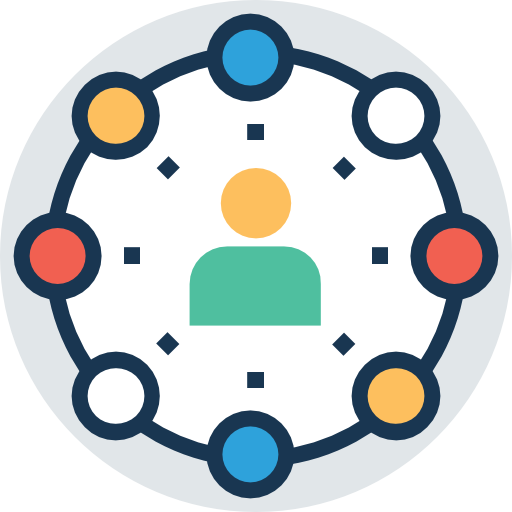Part Two in our Data Linking Blog Series
Authors: Bruce Bull and Denise Mauzy

Part C and Part B 619 program personnel have many opportunities to link data with partner programs (e.g., early hearing detection and intervention, quality rating and improvement system). Data linking partnerships can yield significant benefits, such as administrative efficiencies and access to additional data to answer policy questions and inform program improvement. Given that data partners often enter linking discussions at different levels of understanding and buy-in, it is important to explore linking opportunities thoroughly and identify points of agreement and potential barriers to data linking that would need to be addressed. Consider these two data linking opportunities.
| Darius works for the state early intervention (EI) program. Jackie, from the Early Detection and Hearing and Intervention (EDHI) program, told Darius that another state had implemented a data linking partnership between EI and EDHI. Jackie wants to pursue data linking with EI to support coordination of services for children with hearing impairment and show the positive impact of the EDHI program. Although Darius understands the potential benefits, he is not sure how the data linking would work, what resources are available, or how to respond to Jackie. |
| Rosa, who works in the Part C state office, provides Stephen, who works in the state Part B 619 office, a monthly data file on children receiving EI services who may be eligible for early childhood special education (ECSE) once age 3. Both Rosa and Stephen want to know if children who receive EI also receive ECSE, what services they receive, and their outcomes over time. To get this information, Rosa and Stephen know they would need to link data across the two programs. They also know they need others from their agencies to have conversations about establishing a formal data linking partnership, but they are not sure where to start. |
Regardless of whether one or both partners suggest a data linking partnership, both partners must think about and jointly (1) analyze the opportunity and (2) assess their individual readiness to link data. DaSy offers the following five considerations about data linking for partners to discuss and, it’s hoped, achieve consensus:
- What level of understanding does each partner have about the purposes and potential benefits of the data partnership?
Each partner should clearly articulate its purpose for the data linking partnership. Additionally, each partner should identify the benefits for its respective agency.
- In general, how likely is each partner’s leadership to support and follow through with a data linking partnership?
Each partner should consider whether its agency has a history of supporting data linkages (internal, external, across programs). What guidance or restrictions were given by leadership regarding the partnership? Additionally, each partner should outline any statutory requirements that might impede the data partnership and will need to be addressed.
- To what extent do both partners agree to a common timeline (months, possibly years)?
Given no requirement exists for Part C and/or Part B 619 programs to link data with other programs, data linking partnership work must be considered relative to other priorities and ongoing work. Partners should discuss a probable time frame.
- To what extent do both partners agree they can technically link the data?
Partners should identify the potential methods for matching and/or linking data and any agency contributions of resources to support the technical linking activities. Additionally, it is important to discuss any issues related to each partner’s data that could potentially hamper the data linking (e.g., data lag time, data quality).
- To what extent do both partners agree that between them they have the additional nontechnical resources (e.g., legal, staff expertise, staff time) to support the data linking?
Partners should discuss their respective staff members’ expertise in managing and performing the data linking and identify resources each partner can contribute to the data linking effort.
After exploring these five considerations, the partners can better assess their potential to link data. If the partners agree to formalize the data linking partnership and/or continue exploration, they are encouraged to use the DaSy Data Linking Toolkit.
If one or more partners consider it not feasible at this time but would still like to pursue the opportunity, they are encouraged to set a date to reconvene, undertake work to address barriers, and then meet to discuss progress.
If you have any questions regarding data linking and/or need support exploring a potential data linking partnership, please contact a DaSy representative who can provide your state with technical assistance.
Read Part Three of our Data Linking Blog Series: What’s the Difference Between Data Sharing, Data Linking and Data Integration?
About the Authors

Bruce Bull is a DaSy TA provider. He has worked directly in the IDEA data world since 1996 as a state Part B and Part C data manager, developer of data collection systems, and as a TA provider with six OSEP-funded TA Centers.

Denise Mauzy is a DaSy TA provider. She designs and delivers technical assistance on early childhood, child and family services, data governance and management, and data systems. She has worked extensively with education and human service program staff on the development of data governance and management policies and procedures, including data linking.
Published September, 2019.


